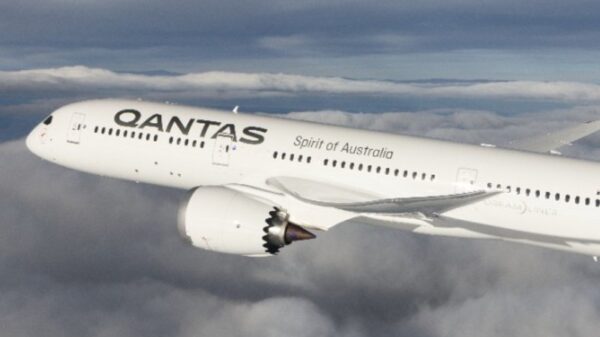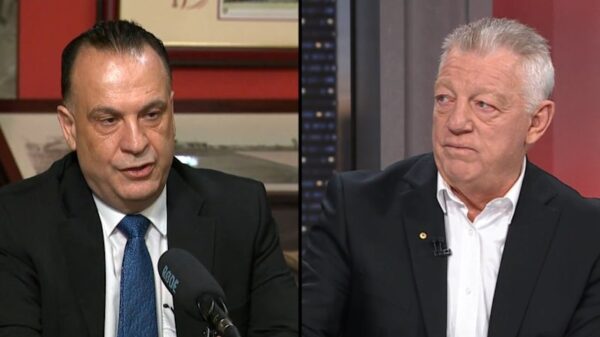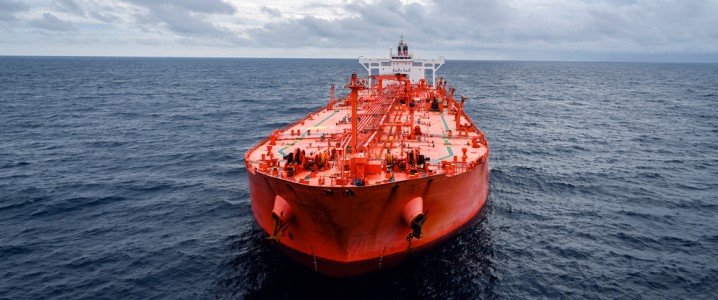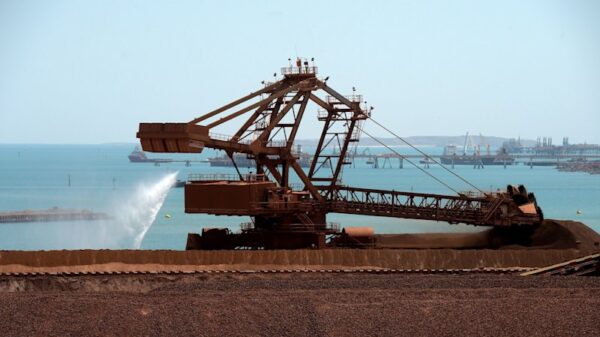Oil prices are positioned to conclude the week on an upward trajectory, influenced by rising geopolitical risks and a delay in tariff announcements by U.S. President Donald Trump. As of July 11, 2025, oil markets are responding positively after the White House postponed its decision on new tariffs, originally set to affect a broad array of global imports, until August. This move has alleviated immediate concerns among investors, contributing to a steady price around $70 per barrel for ICE Brent crude.
The market’s reaction is also shaped by the ongoing volatility in the Middle East. The resurgence of the ‘Houthi missile factor’ has intensified the geopolitical risk premium associated with oil prices. With Trump’s anticipated announcement regarding Russia scheduled for this coming Monday, market participants are closely monitoring developments that could further impact supply dynamics.
OPEC’s Outlook and Production Capacity
In its 2025 World Oil Outlook, the Organization of the Petroleum Exporting Countries (OPEC) has revised its global demand forecast upward, projecting that oil consumption will reach 122.9 million barrels per day (b/d) by 2050. This represents an increase of over 19 million b/d over the next 25 years, driven by growth in regions such as India, Africa, and the Middle East.
At a recent seminar in Vienna, Suhail al-Mazrouei, the UAE’s Minister of Energy, announced that the UAE could ramp up its crude production to 6 million b/d by 2027 if necessary. This would nearly double the current output as OPEC+ begins to unwind its voluntary production cuts, potentially stabilizing the market amid fluctuating global demand.
Regional Market Dynamics and Price Spreads
The diesel market in Europe is facing significant challenges, with the price differential between Asian and European diesel widening to an alarming $120 per metric tonne. This marks the largest spread since October 2022, primarily driven by the shutdown of the UK’s Lindsey refinery, which has forced refiners in Northwest Europe to pay a premium for available cargoes.
On another front, the European Commission is exploring a floating price cap on Russian oil after an initial proposal to lower the cap from $60 to $45 per barrel failed to gain traction with Trump. This new approach aims to create a more flexible pricing mechanism that adjusts according to global market conditions.
In the United States, the potential implementation of a 50% tariff on Brazilian goods could trigger a significant surge in coffee prices. Currently, coffee futures are trading at $2.84 per contract, with Brazil accounting for 35% of U.S. imports, raising concerns for consumers.
Furthermore, the U.S. liquefied natural gas (LNG) sector has seen a tumultuous period. Following the announcement of a 15-year LNG supply agreement for Puerto Rico, New Fortress Energy faced setbacks when the island’s regulatory body halted the deal due to monopoly concerns, leading to a volatile stock performance.
Insurance costs for shipping through the Red Sea have surged, more than doubling since the onset of this week. This rise follows Houthi attacks that targeted two Greek-owned vessels, causing war risk premiums to escalate to 0.7% of the vessel’s value, up from 0.3% a week prior.
In Nigeria, the Dangote refinery, Africa’s largest private refining operation, plans to transition to exclusively using Nigerian crude by year-end. The refinery has already sourced 270,000 b/d of its 450,000 b/d capacity locally, as contracts with U.S. WTI suppliers are set to expire.
Global commodity trader Gunvor has announced the cessation of all terminal activities at its Europoort refinery in Rotterdam, Netherlands. This decision comes seven months after the processing units were mothballed at the 80,000 b/d facility, previously owned by Kuwait’s national oil company.
In the LNG arena, Saudi Aramco is reportedly in discussions with U.S. LNG developer Commonwealth LNG to secure 2 million tonnes of LNG annually from a planned facility in Cameron, Louisiana. The company is also evaluating other potential projects, including Delfin LNG and Lake Charles LNG.
Amid these developments, Chinese refiners have ramped up imports of Saudi crude, nominating 51 million barrels of August-loading cargoes, the highest monthly request since April 2023. This comes despite Saudi Aramco increasing next month’s formula prices by over $1 per barrel.
Egypt is grappling with LNG supply challenges as several suppliers have postponed their July deliveries due to delays in launching two new floating storage and regasification units (FSRUs) along its coast. The situation underscores the ongoing complexities in meeting domestic energy demands.
As geopolitical risks evolve and market conditions fluctuate, industry stakeholders remain vigilant, anticipating how these developments will shape the global oil landscape in the coming weeks and months.





























































